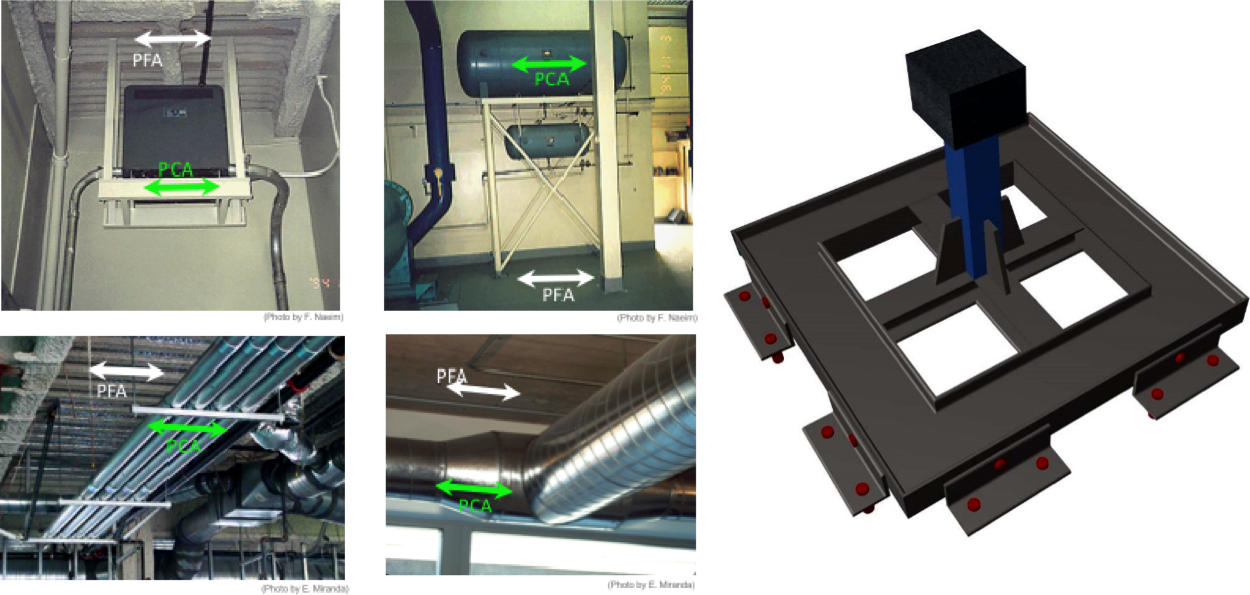Title of Project:
NSFuse: Ductile steel fuses for the protection of critical nonstructural components
Hosting Research Infrastructure:
University of Bristol
No. of Users:
5
Team Leader:
National Technical University of Athens Heroon Polytechneiou
Dimitrios Vamvatsikos
Team:
National Technical University of Athens Heroon Polytechneiou
Athanasia Kazantzi
École Polytechnique Fédérale de Lausanne
Dimitrios Lignos, Ahmed Elkady
Stanford University
Eduardo Miranda
Summary of Project:
The testing and experimental/analytical verification of a controlled yielding fuse concept is proposed for the seismic protection of critical nonstructural components. The objective is to offer a reliable and inexpensive solution for the protection of acceleration- and drift-sensitive equipment, such as mechanical components, HVAC units and medical devices that underpin the functionality of nearly all buildings. Recent events have showcased the vulnerability of non structural components to even low- or moderate-intensity earthquakes that occur far more frequently that design-level events. Thus, critical facilities are often crippled for months despite having suffered little structural damage, clearly failing in the much-sought-after objective of resilience. The problem lies in the dynamics of narrowband excitations appearing at the floors (and ceilings) of buildings and the corresponding resonant response of many rigidly-connected components, introducing component accelerations that can exceed 5 times the (already amplified) peak floor response. In contrast, a controlled yielding anchor offers a reliable detuning effect that only requires a minor ductility of 1.5 – 2.0 to achieve reductions in acceleration and deformation demands by factors of 2 to 3. Still, an actual verification of this concept and a prototype design of such a fuse-like yielding element are yet to appear. The proposed project aims to comprehensively fulfill this need by offering an innovative experimental campaign featuring an easily-modifiable specimen, replaceable sacrificial elements, and multiple input acceleration timehistories from instrumented buildings to test the yielding fuse concept to satisfaction.


